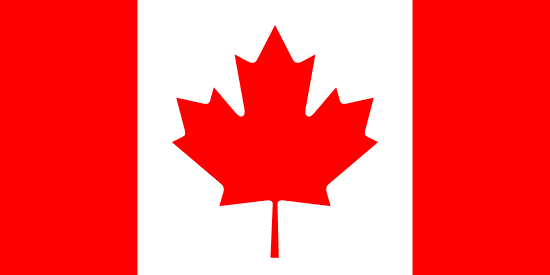"Gateway to the Great Bear Rainforest | Gateway to the Great Bear Rainforest"
About:
Queen Charlotte City, British Columbia, was founded in the 19th century as a trading post, becoming a village in 2005. It's named after the ship of Captain George Dixon, an English explorer. The Haida Nation, indigenous to the area, has a significant influence on the city's culture. The city, known for its rich biodiversity, has become a hub for eco-tourism. Today, it serves as a gateway to Gwaii Haanas National Park and functions as a service center for logging and fishing industries.
When to visit:
Queen Charlotte City, located in the Haida Gwaii archipelago of British Columbia, Canada, experiences a temperate maritime climate with mild temperatures year-round. The best time to visit Queen Charlotte City for a holiday is during the summer months of June to August when the weather is the warmest and driest, making it ideal for outdoor activities such as hiking, fishing, and kayaking. During this time, visitors can also witness the lush greenery of the island in full bloom and enjoy the annual events and festivals that take place in the region. It is recommended to book accommodations and activities in advance during the peak summer season to ensure availability and make the most of your visit to Queen Charlotte City.
When to avoid:
Queen Charlotte City, located on Haida Gwaii in British Columbia, experiences its worst travel conditions during the winter months of December to February. The region is prone to heavy rainfall and strong winds during this time, leading to potential transportation disruptions and limited outdoor activities. Additionally, the colder temperatures may hinder enjoyment of the scenic surroundings and outdoor adventures that attract visitors to the area. Travelers seeking to explore Queen Charlotte City during the holidays are advised to plan their trip during the more temperate and pleasant months of late spring to early fall for a more enjoyable experience.
"Winter Season (Dec-Feb)"
Queen Charlotte City, in British Columbia, experiences its coldest and wettest period from November to March. Average temperatures range from 2-7°C. Rainfall is highest in November, averaging 180mm, and it remains wet throughout this period. Days are short and overcast, with only 2-3 hours of sunlight. Fog is common, reducing visibility. An average day for a visitor involves bracing the chilly, damp weather. Warm, waterproof clothing is essential. Despite the weather, the misty landscapes offer a unique charm, making it a great time for photographers and nature lovers.
Summer (June-August)
Queen Charlotte City, located in British Columbia, Canada, experiences its warmest part of the year from June through September. During this period, the average high temperatures range between 15°C (59°F) and 18°C (64°F), while the average lows hover around 10°C (50°F) to 12°C (54°F).
Rainfall during these months is relatively lower compared to the rest of the year, with July being the driest month. However, this area is known for its high precipitation levels, so occasional rain showers can be expected even during the warm season. The average rainfall during these months is around 50-75mm per month.
Sunlight during the warmest part of the year is abundant, with July and August experiencing the longest days, with an average of 16 to 18 hours of daylight. The humidity level ranges from moderate to high, contributing to the area's lush greenery.
Cloudiness varies, with partly cloudy to overcast conditions being common. However, there are also several clear or mostly clear days, especially in July and August.
A typical day for a visitor during this time would feel mildly warm, ideal for outdoor activities. Mornings and evenings can be a bit cool, so packing a light jacket is recommended. Expect a mix of sun, clouds, and occasional rain showers. The high humidity might make the air feel a bit heavy, but it also contributes to the area's beautiful, verdant landscapes.
Language:
English is the primary language spoken in Queen Charlotte City, a village municipality on Haida Gwaii in British Columbia, Canada. Additionally, the indigenous Haida language, which is part of the Na-Dene language family, is also spoken, particularly by the Haida people, although it is considered endangered with few fluent speakers remaining.




